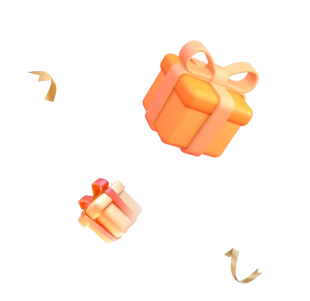Step 1: Get to Know Your Yard
- Test Your Soil:
A soil test is your lawn's "prescription." It provides a detailed analysis of your soil's fertility, nutrient content, and pH level. Most turfgrasses thrive in a pH range between 6.0 and 7.0. A soil test removes guesswork from fertilizing and prevents over-application of products, which can harm your lawn and pollute waterways.

- Identify Your Grass: All grasses fall into one of two categories: cool-season or warm-season. Cool-season grasses like Kentucky bluegrass and fine fescue grow best in the spring and fall and are best fertilized during these periods. Warm-season grasses, such as Bermuda and Zoysia grass, thrive in hotter weather and should be fertilized in the late spring and summer.
Step 2: Mow High, Cut Smart
Mowing is more than a simple trim; it's a practice that directly impacts your lawn's health.
- Mow High:
Set your mower to a height of 3 to 4 inches for most cool-season grasses, and for warm-season grass, the ideal height is 1 to 2.5 inches. Taller blades allow the grass to photosynthesize more effectively, which helps it develop a deeper, more resilient root system.
- Follow the One-Third Rule:
Never remove more than one-third of the grass blade's height in a single mowing session. "Scalping" a lawn by cutting it too short severely stresses the grass, leaving it vulnerable to pests, diseases, and weeds.
- Use a Sharp Blade:
Step 3: Water Deeply and Infrequently
- Go Deep, Go Infrequent:
- Time It Right:
The best time to water is in the early morning, between 5 a.m. and 10 a.m.This minimizes evaporation and allows the grass blades to dry before nightfall, which prevents the growth of fungal diseases.

Source:https://extension.usu.edu/yardandgarden/research/irrigation-system-maintenance
- Embrace Dormancy:
It's okay for your lawn to go brown in the summer heat. This is a natural, water-saving state of rest, particularly for cool-season grasses. The lawn will green up again with cooler weather and rainfall.
Step 4: Fertilize with a Purpose
- Understand N-P-K
- Choose Wisely:
Your soil test results should dictate the nutrients you apply. For a low-maintenance, sustainable approach, opt for slow-release or organic fertilizers that build long-term soil health.

- Get the Timing Right:
Fertilize cool-season grasses in the fall to prepare them for winter and support spring growth. For warm-season grasses, fertilize during their active growth period in the late spring and summer.
Step 5: Control Weed
- Preventative and Targeted Control:
For persistent weeds, consider using pre-emergent herbicides in the early spring to stop weed seeds from sprouting. For existing weeds, use a post-emergent herbicide as a "spot treatment" to minimize chemical use.
- Natural Alternatives:
You can also hand-pull weeds, which are easiest after rainfall. Natural products like corn gluten meal can be used as a pre-emergent.

Step 6: Cultivate Density with Overseeding
- Timing:
For cool-season grasses, the ideal time to overseed is in the early fall. This allows new seedlings to be established before winter. For warm-season grasses, overseed in the late spring or early summer.
- Proper Technique:
Ensuring the seed makes direct contact with the soil. After seeding, keep the area consistently moist with frequent, light watering until the seedlings are established.
Step 7: Revitalize Your Soil with Aeration and Dethatching
- Aeration:
This involves punching small holes in the soil to ease compaction. Compacted soil prevents air, water, and nutrients from reaching the roots. The "screwdriver test" can tell you if your lawn needs aeration: if a screwdriver is difficult to push 6-8 inches into the soil, it's likely compacted. The ideal time for core aeration is in the fall for cool-season lawns.

- Dethatching:
Thatch is a layer of organic matter between the soil and the grass. A thick layer can block the flow of air, water, and nutrients, and can harbor pests and diseases. Dethatching can be done in the early spring or fall for cool-season lawns to remove this barrier.





Hinterlasse einen Kommentar
Diese Website ist durch hCaptcha geschützt und es gelten die allgemeinen Geschäftsbedingungen und Datenschutzbestimmungen von hCaptcha.